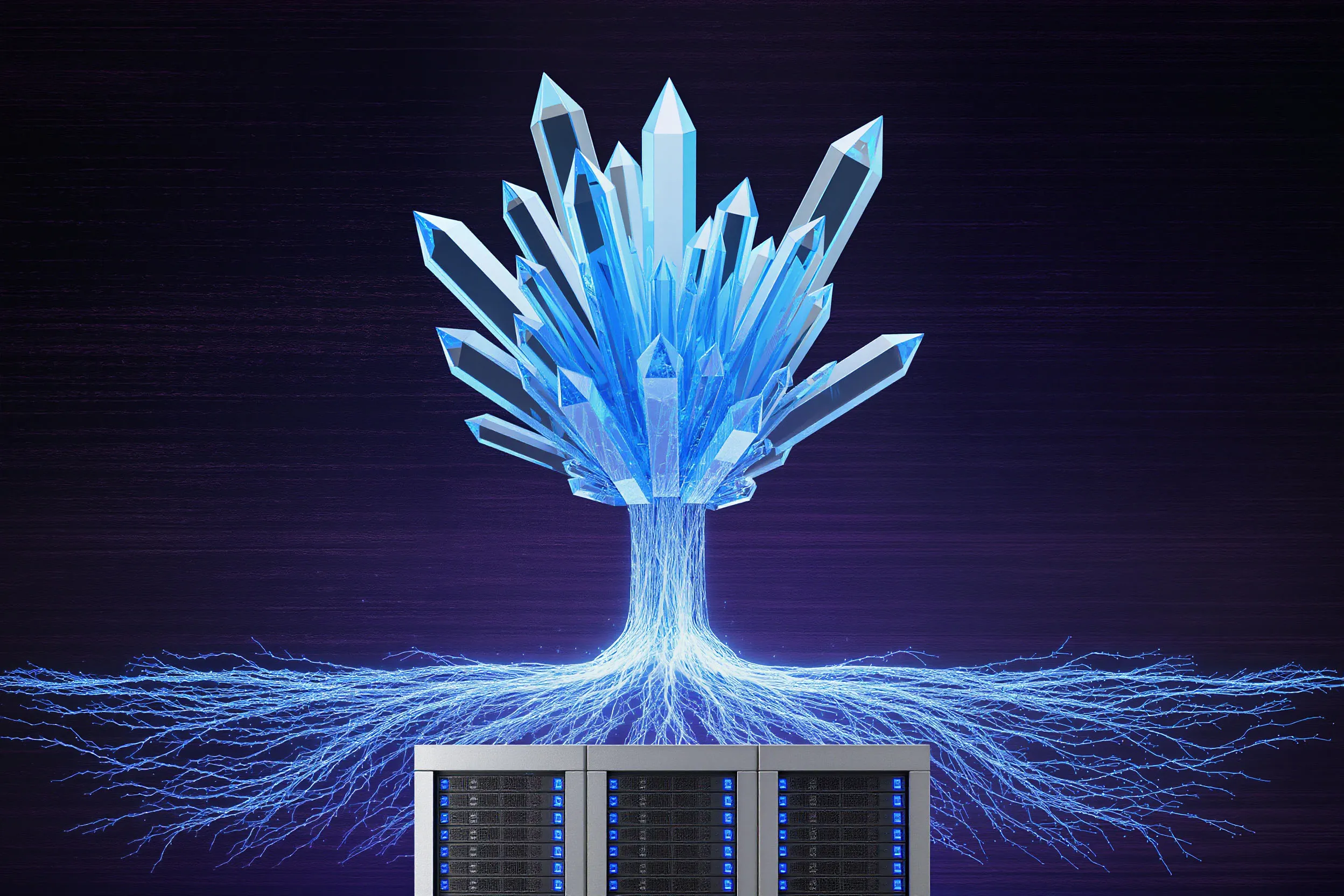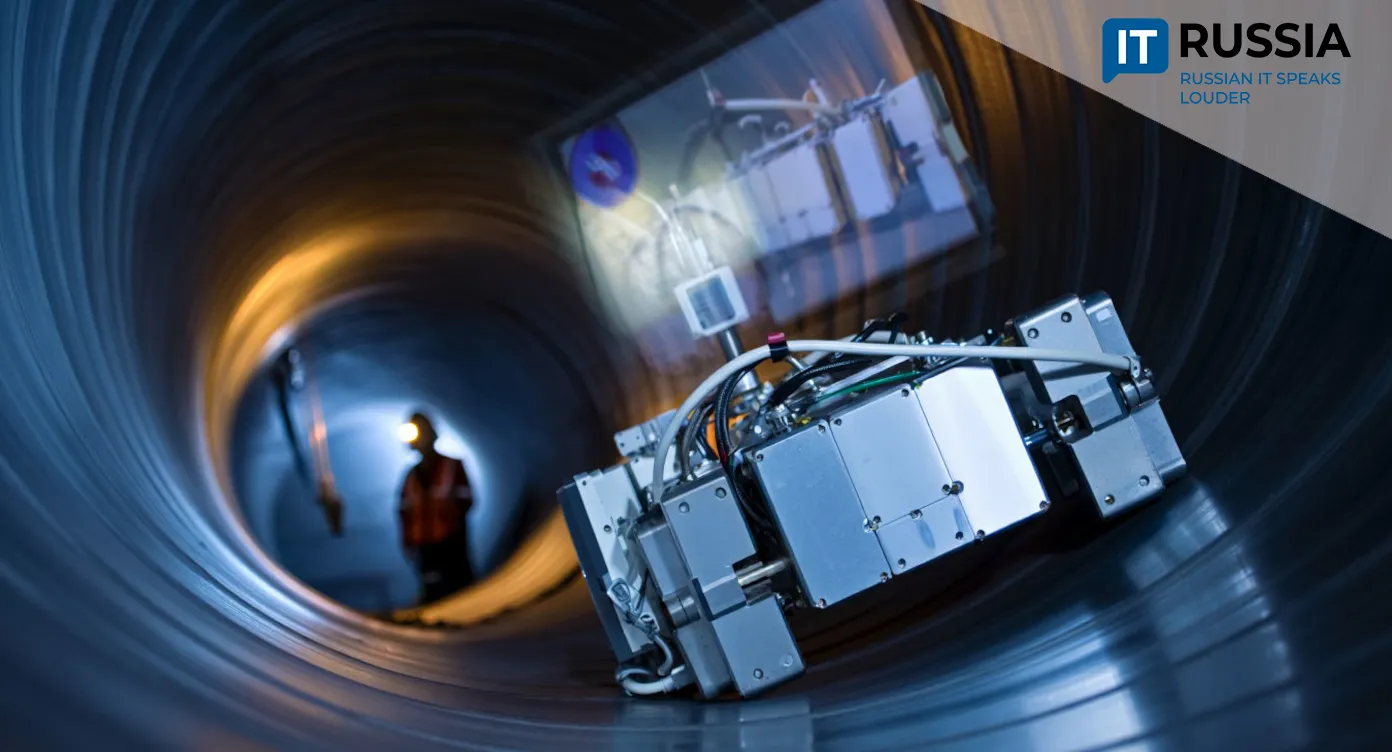Rosatom Showcases a Full Stack of Domestic Technologies at the “Digital Solutions” Forum
Russia’s aging power infrastructure has intensified the need for reliable, data‑driven diagnostics. Researchers in Novosibirsk have created an automated software system that classifies power‑line supports by wear level, improving grid resilience and reducing maintenance costs.

From Manual Inspections to Digital Analysis
Reliability of overhead transmission lines depends heavily on the condition of their supports, many of which have been in service for 35 to 40 years. Traditional diagnostics require specialists to measure nearly 20 parameters every six years—from structural deformation to weakened joints.
Engineers at Novosibirsk State Technical University (NSTU) proposed a fundamentally different, data‑driven approach. They adapted an express‑assessment method used for buildings, applying it to transmission‑line supports. Their diagnostics rely on measuring the natural vibration frequencies of each structure using a custom sensor developed at the university.

Sensors mounted on the supports collect large volumes of data, which are analyzed by specially developed software. The program automatically classifies supports into three technical‑condition categories: “functional,” “operational,” and “limited‑operational.” This not only identifies defective structures but dramatically reduces the time and cost of inspections.
Expanding Opportunities for the Energy and IT Sectors
The NSTU solution offers major prospects for both the Russian IT industry and the energy sector. The technology can be scaled nationwide, replacing periodic manual inspections with near‑real‑time automated monitoring.
The Russian system—combining sensors with analytics software—could also find demand abroad, particularly in countries with aging grids and similar infrastructure challenges.
Over time, the system may become part of larger digital platforms, such as power‑grid digital twins or predictive‑analytics systems that forecast maintenance needs before a failure occurs.

Aligned With Global Trends
NSTU has been actively developing multiple methods for monitoring transmission lines, including ultrasonic diagnostics and visual‑instrumental inspection supported by AI‑based data processing.
Worldwide, grid operators increasingly use drones equipped with thermal and ultraviolet cameras to identify defects. NSTU researchers previously created a method using UAVs with technical vision capable of inspecting even de‑energized sections.
The new vibration‑based diagnostics system is a logical next step, shifting the focus from visual inspection to deep structural analysis using IoT sensors and advanced data‑processing algorithms.

Looking Ahead
The system is expected to enter pilot testing in several Russian regions soon. Success will depend on large‑scale sensor deployment, workforce training, and updates to regulatory standards.
In the medium term, Russia may bring a complete export‑ready package—“sensor + software”—to the international market. This would not only strengthen domestic energy reliability but also enhance Russia’s technological sovereignty and competitiveness in critical industrial IT solutions.










































